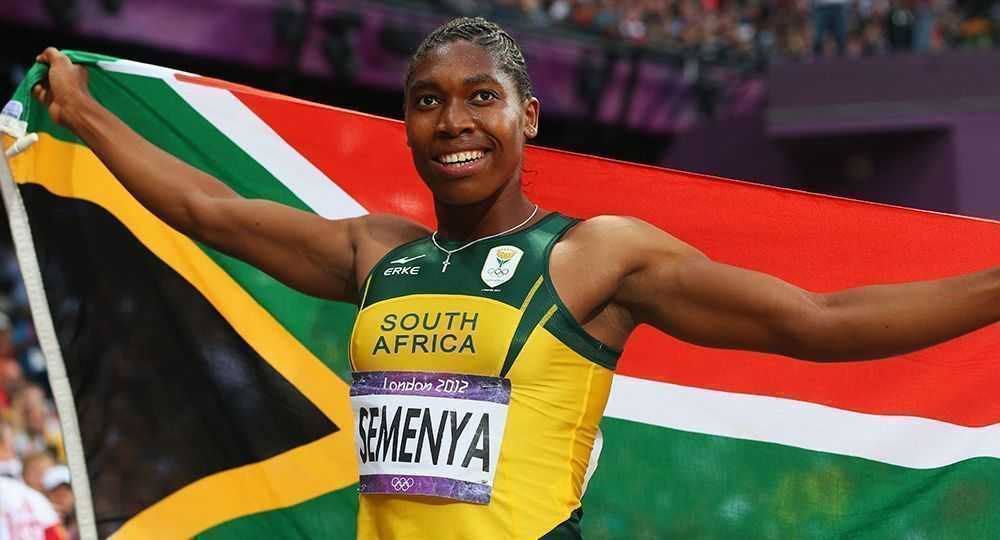Is your phone starting to feel a bit worn? Tired of the same old features? Is it time for a trade up?
The annual Consumer Electronics Show (CES) is the best place to see what phone manufacturers have planned for the coming year. Since Apple does not attend, it’s also a chance for other smartphone brands to shine.
Everyone had something to show at CES 2016, but here are five brands that stood out.
Huawei Mate 8 & Honor 5
Say hello to the Mate 8, Huawei’s new flagship Android phone. It’s big, beautiful and packed to the gills with power. The 6-inch screen makes this squarely a phablet – a gadget that walks the line between phone and tablet. Will the Mate 8 finally be the phone that puts Huawei alongside the likes of Samsung and Apple?
Time will tell, though if you are the betting type, take a look at the Huawei Honor 5. Fashioned in a metal case, this US$199 (R3 500) phone has a large (for a budget phone) 5.5-inch screen and some serious camera technology (not to mention an 8-core Snapdragon chip). It almost feels like a high-end device at a low price, and on paper the Honor 5 looks like a winner.
LG K7 & K10
LG has enjoyed a nice comeback in the mobile phone world, thanks to the iconic rear-button design that LG users have come to love. Now the company is taking that magic to a wider audience with its K7 and K10 phones.
The K10 has a lot in common with LG’s flagship G4 phone, though aimed for a more budget-conscious consumer, while the K7 is its smaller companion for those of us who don’t want to feel like we’re carrying a slab in our pocket.
Both also have another trick up their sleeves: a flash for the forward-facing camera – ideal for those selfies taken in dimly-lit rooms.
Yezz Sfera
Yezz, a US brand, is not in South Africa. But one can only hope other manufacturers take note of its interesting ideas. The Yezz Sfera stands out because it has a spherical camera. This enables the phones to take 360-degree photos! In fact, both the Sfera’s cameras are 360-degree capable – it may be a surprise trend that other manufacturers pick up.
This forms part of a bigger trend: in the past, the new phone brands had to compete against incumbents came from China. But there is a growing pool of American smartphone startups. All that competition will bring many new ideas, which means great things for consumers like us.
Alcatel OneTouch PIXI phones
Budget smartphones are not only growing in numbers, but they are also improving in leaps and bounds. Entry-level handsets usually can’t do much more than moan when you open your messenger app, but companies like Alcatel OneTouch are eager to change that. Their new PIXI range of phones is friendly on your pocket yet loaded with potential.
The company unveiled no fewer than six new PIXI models, ranging from a tiny 3.5-inch phone to a model as large as the Samsung S6. Alcatel OneTouch has introduced the PIXI brand to SA before, so at least a few of these six newcomers are likely to head to our shores. Alcatel also unveiled the Fierce XL, its first phone to offer Windows 10.
Lenovo and Project Tango
Finally – and briefly – is Lenovo’s entry as a Project Tango device maker. Project Tango is Google’s augmented reality technology: it allows you to use your phone screen to mix virtual objects over the real world. For example, if you wonder how a sofa would look in your lounge, with augmented reality, you can scan the room and place virtual furniture inside it.
Augmented reality is still a growing technology and Lenovo’s partnership with Google is the biggest news right now. But keep an eye out in 2016 for Lenovo products showing off this new feature.
(At time of publishing, Vodacom cannot confirm which of these devices it may or may not stock.)



